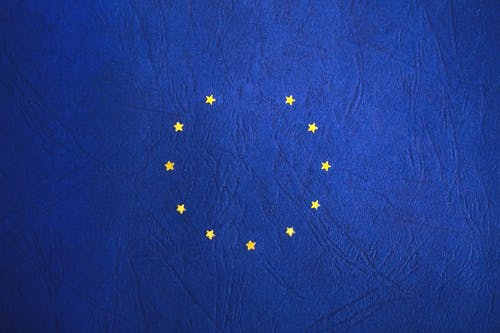NASA's and ESA's environmental satellites have seen a significant drop in airborne pollutants over China, while the country has targeted Covid-19 with stringent quarantine measures.
The environment in China can breathe a sigh of relief every year at the end of January: around the Chinese New Year, most people are on vacation. Many factories are at a standstill and there is less traffic than usual. This also significantly reduces the concentration of pollutants in the air. Most of the time, however, the effect is short-lived, and by mid-February at the latest, the concentrations of sheep are back to normal levels. But this year is different.
NITROGEN OXIDE CONCENTRATIONS ABOVE CHINA ARE SIGNIFICANTLY DOWN
Data from ESA's Sentinel-5P satellite shows a significant drop in nitrogen oxides (NOx) in the atmosphere over China. These nitrogen oxides come mainly from the exhaust gases from traffic, power plants, and factories. Excessive NOx emissions from cars were the central problem in the so-called diesel scandal in Germany. In China, air quality apparently now benefits significantly from the harsh quarantine measures.
Since January 20, the authorities there have significantly restricted traffic, production, and public life in order to curb the spread of the new Sars Coronavirus-2. The data show that the NOx concentrations have decreased significantly since then. NASA's Aura satellite, which measures ozone concentrations, also provides similar measurements.
MORE AIR POLLUTION SINCE THE DISEASE OF THE NEW DISEASES
Other Copernicus services also show a decrease in air pollution. According to the Copernicus Atmosphere Monitoring Service (CAMS), there is currently 20 to 30 percent less fine dust in China. However, these effects are already diminishing. Since the number of new cases has dropped drastically, China has gradually lifted restrictions on public life. NOx concentrations have been rising again since the beginning of March.
Claus Zehner is ESA mission leader for Sentinel-5P. He believes that Corona can only explain part of the observed NOx decline over the large city of Wuhan. "We are currently seeing a reduction of around 40 percent compared to Chinese cities. But these are only rough estimates because the weather also has an impact on emissions. We are carrying out a detailed scientific analysis that will continue in the coming weeks and months Will deliver insights and quantified results. "
Study
Compared levels of harmful microscopic particulate matter known as PM 2.5. The pollutant, which is smaller than 2.5 micrometers in diameter, is considered particularly dangerous as it can lodge deep into the lungs and pass into other organs and the bloodstream, causing serious health risks.
Seven out of the 10 cities studied, including New Delhi, Seoul, Wuhan, and Mumbai, saw significant improvements in air quality. Those with historically higher levels of PM2.5 pollution witnessed the most substantial drops in pollution.
New Delhi which frequently tops the world's most polluted city lists -- saw a 60% reduction in PM 2.5 levels from March 23 to April 13 from the same period in 2019.
ENVIRONMENT IS ALSO RECREATING IN ITALY AND THE USA
Where the corona epidemic is just about to peak, the positive effects on the environment are just beginning. The BBC reports that 50 percent fewer carbon monoxides are currently measured in the air in New York. ESA-Copernicus data show that the concentration of pollutants is also declining in northern Italy.
Does climate protection benefit from the crisis?
Your roads - in northern Italy or the Chinese Corona crisis region, they have led to less air pollution. Can the current curfews help us out of the climate crisis?
Satellite maps show something that could be considered lucky in disaster: In the centers of the Corona happening, in China and northern Italy, for example, the air is noticeably better than at normal times. The European Environment Agency EEA writes that the nitrogen oxide pollution in southern European cities from Madrid to Milan has decreased by around half due to the corona-related standstill. And the think tank "Agora Energiewende" has already announced that Germany will - due to the partial standstill - still achieve its climate target for 2020.
But nobody can be happy if the price is a serious health burden. Above all, the question remains: is that permanent?
It sounds all too logical: If factories are at a standstill and hardly any cars are driving, fewer fossil fuels are burned and the pollution with exhaust gases and particulate matter decreases.
In my opinion this situation is partial after the Corona epidemic ends air pollution will rise again it’s a fact. Factories production well start, consumer purchase will pick up, construction, road activities will pick up passé and transport will be in full throttle soon.







0 Comments
Please do not comment or paste link which is scam